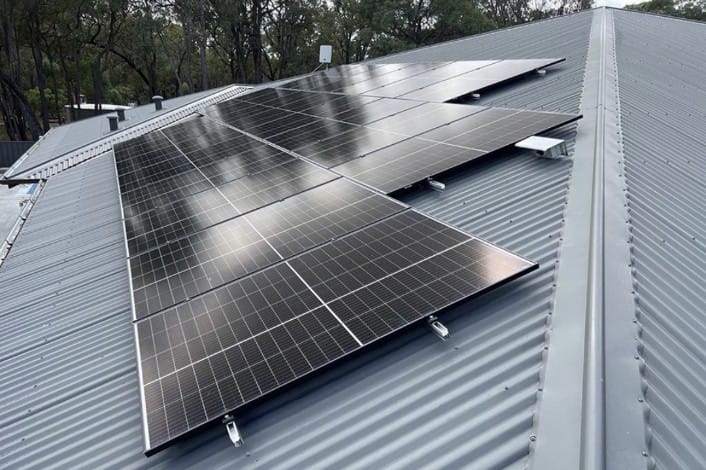How Solar System Installation Can Lower Your Electricity Bills
Australia is rich in sunshine, which makes it ideal for solar power. As electricity costs rise, more people install solar panel systems in their homes. This change helps lower energy bills while driving the push towards greener living.
In this post, we’ll look at how to significantly cut your electricity expenses using the sun and provide you with valuable tips for solar system installation.
The Financial Benefits
Here are a few ways using solar energy can help you bring your utility bills down:
- Reduction in Energy Consumption
Creating your power helps reduce the electricity you must purchase from the grid. This feature is handy because electricity prices are often higher during peak daylight hours. Your solar system can take care of part or all of your energy needs during the day, significantly reducing costs.
- Tariff Incentives
Suppose your system makes more electricity than you are using. You can send the extra energy back into the grid. This policy means that your electricity retailer gives you credit for the additional power that goes into the network from your solar panel setup. This bonus decreases what you owe on an energy bill even more.
- Increased Property Value
Houses with solar systems usually have increased market value. Although this doesn’t immediately decrease your electricity costs, it’s a monetary benefit that may assist if you plan on selling the property.
- Long-Term Savings
Recovering the initial cost of purchasing and setting up a solar system happens gradually as you save money on electricity bills.
Tips for Solar System Installation
- Assess Your Energy Needs
Before setting up a solar system, familiarise yourself with how much energy your household uses. This process will aid in choosing the suitable system size for your requirements, ensuring you are not paying for excess capacity.
- Choose a Reputable Installer
Select a certified and experienced installer who understands local regulations and climate conditions. They should provide you with clear information on the expected performance of your solar system and back their work with warranties.
- Consider the Quality of Panels and Inverters
Put money into good solar panels and a dependable inverter. The efficacy of these parts will affect how much electricity your system can make. Equipment of superior quality might have a higher initial cost, but it often provides more dependable results over time, leading to better savings.
- Positioning and Angle
The best place to install solar panels is where they can receive the highest possible amount of sunlight. In Australia, this choice is typically on a roof that faces north. The angle at which you set up your panels also plays a vital role in maximising their performance. Your solar installer can determine your solar array’s best position and angle.
- Monitor Your System
With the help of monitoring technology, commonly found in most solar systems of today, you can follow up on performance. This characteristic assists in recognising problems promptly and guaranteeing maximum functionality for your system.
- Maintenance
Cleaning your panels and examining for obstructions, like trees growing too near, are part of a regular maintenance process necessary for high performance and energy production.
Conclusion
If you use these suggestions when installing a solar system, switching will be easy, and the money you save from electricity bills will be significant.
Purchasing a solar system may initially seem like a big step, but the advantages for your pockets and the environment are impossible to ignore in the long run. Manage your power use and be part of the increasing group of Australians switching to solar.


